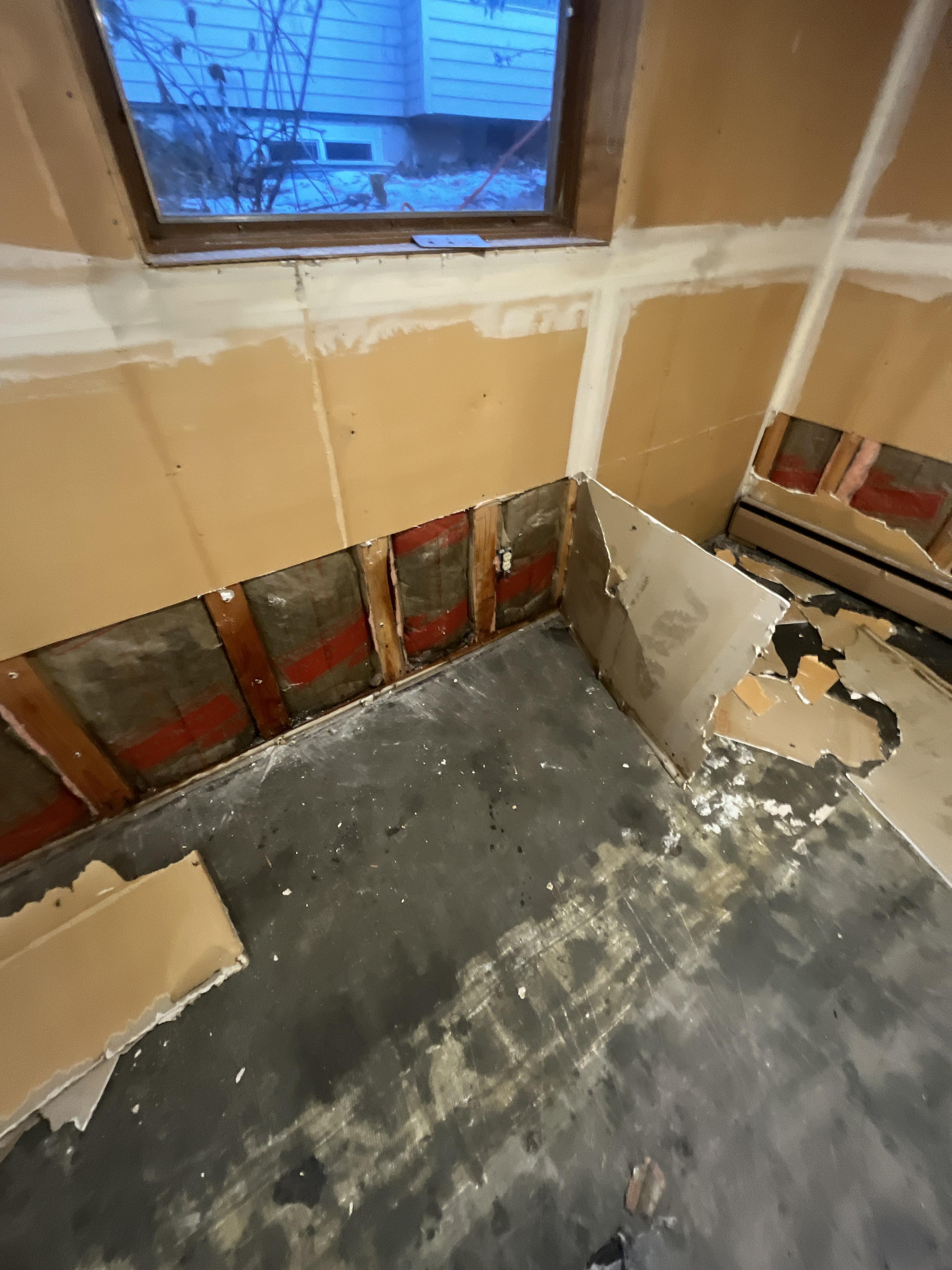A flooded basement can be a homeowner's worst nightmare. Whether it's due to heavy rain, a burst pipe, or a malfunctioning sump pump, dealing with a waterlogged basement requires quick action and careful steps. In this blog post, we will guide you through the necessary measures to take when faced with a basement flood. From ensuring safety to minimizing damage and initiating the cleanup process, we'll provide you with valuable tips to navigate this challenging situation.

- Prioritize Safety: Your safety should be your primary concern when dealing with a flooded basement. Before entering the affected area, ensure that the power supply is turned off to prevent the risk of electrical shock. If the water level is too high or if you suspect any structural damage, it's best to wait for professional assistance. Always wear protective gear, such as rubber boots, gloves, and a mask, to minimize exposure to contaminated water and potential health hazards.
- Identify the Source and Stop the Flow: Once you've ensured your safety, your next step is to identify the source of the flooding and take immediate action to stop it. If the flooding is caused by a burst pipe, turn off the main water supply to your house. In case of heavy rain or external factors, ensure that your gutters and downspouts are clear of debris to prevent further water accumulation. If your sump pump is malfunctioning, consider contacting a professional to repair or replace it as soon as possible.
- Remove Water and Moisture: To prevent further damage and mold growth, it's crucial to remove the water from your basement promptly. Start by using a wet-dry vacuum or a submersible pump to extract the standing water. Dispose of the water properly and avoid pouring it down household drains to prevent sewer backups. Open windows and use fans or dehumidifiers to facilitate drying. Remove any wet items, such as furniture, carpets, and cardboard boxes, to a dry area outside the basement. Remember to document the damage for insurance purposes by taking photographs or videos.
- Clean and Disinfect: Floodwater can carry contaminants, so it's essential to thoroughly clean and disinfect the affected area. Scrub the walls, floors, and any salvageable items with a bleach solution or a disinfectant recommended for this purpose. This step helps prevent the growth of mold and eliminates potential health hazards. Dispose of any porous materials that cannot be adequately cleaned or dried, such as heavily damaged carpets, drywall, or insulation. Consider consulting a professional disaster restoration service if the damage is extensive or if you're unsure about the cleaning process.
Experiencing a flooded basement can be overwhelming, but by following the right steps, you can mitigate the damage and restore your home to its pre-flood condition. Remember to prioritize safety, identify and stop the source of flooding, remove water and moisture promptly, and thoroughly clean and disinfect the affected area. In case of significant damage or if you're uncertain about the restoration process, it's advisable to seek professional help. Stay prepared by maintaining your home's drainage systems and taking preventive measures to minimize the risk of future flooding incidents.